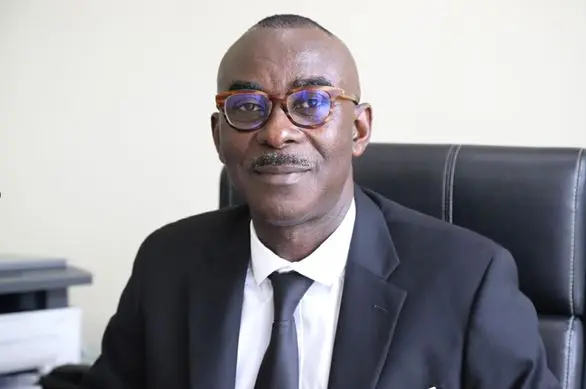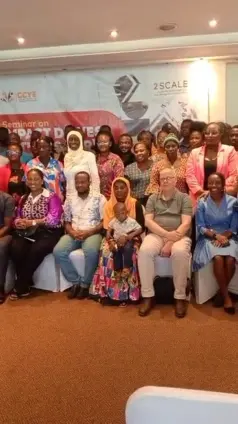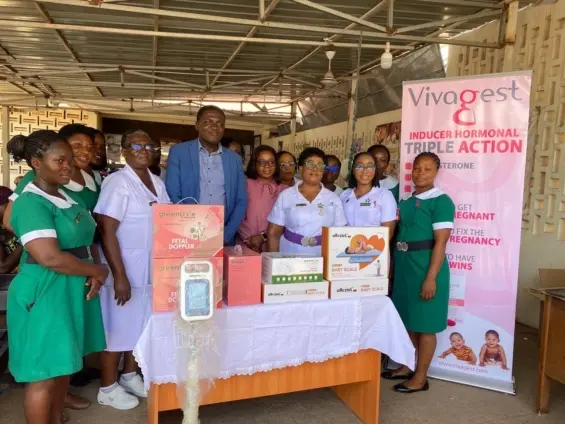The role of mining firms in fostering sustainable development within their host communities is a subject of ongoing debate. Often, these companies face intense pressure to deliver extensive infrastructure and social programs. However, according to Ahmed Nantogmah of the Ghana Chamber of Mines, the expectation that mining companies should be building “skyscrapers” is a misaligned one. This article explores the appropriate role of mining firms in mining community development, advocating for responsible resource management, strategic partnerships, and a clearer understanding of where responsibility truly lies.
Mining companies are frequently criticized for not doing enough to improve infrastructure, education, and healthcare within the communities where they operate. In response to these critiques, Nantogmah has stated plainly, “It’s not the mining company’s job to build skyscrapers.” This statement encapsulates a broader argument about the limitations and appropriate boundaries of corporate social responsibility in the mining sector.
Nantogmah argues that the core issue isn’t necessarily the shortcomings of mining companies, but rather the ineffective management and misuse of mineral royalties by state institutions and local authorities. “There’s a broad argument that development is in the hands of the state,” he explained, while also acknowledging that “mining companies do a lot in their communities.” For example, many mining firms provide essential services such as schools and hospitals, supplementing the efforts of local government.
Mineral royalties are specifically intended to be channeled back into host communities and district assemblies for development projects. The crucial question, then, is whether these royalties are being utilized effectively to improve the lives of the people most directly affected by mining operations.
Consider the example of Gold Fields, a mining company that constructed 33 kilometers of road for a community. While this contribution is commendable, it also highlights a systemic anomaly. Local assemblies, despite receiving mineral royalties, often request that mining companies undertake infrastructural development. As Nantogmah points out, “If there’s a one-kilometre road in town and there’s an assembly that gets mineral royalties, why would the assembly go back to a company like Gold Fields and say, ‘Come and develop the road for me?’”
To address this issue, there is a growing call for structural reform, specifically the enactment of a law regulating the utilization of mineral royalties, similar to petroleum revenue management. Such legislation would define clear spending parameters, ensuring that funds are allocated to essential areas such as health, education, and sanitation. Currently, royalties often enter communities without adequate transparency regarding their usage.
The situation in Obuasi, a mining town in Ghana, exemplifies this lack of transparency. It remains unclear whether royalties reach Obuasi, and if so, how those funds are being used to benefit the community. This opacity raises serious concerns about accountability and the equitable distribution of mineral wealth.
Ultimately, responsibility for mining community development must be shared between mining companies and development authorities. It is crucial to hold both entities accountable, asking critical questions about their respective roles and contributions.
It is also important to temper expectations and acknowledge the limitations of what mining companies can realistically achieve. “If the town is not properly planned, it’s not the job of the mining company to make the streets straight or to build skyscrapers,” Nantogmah stated. He also highlighted a concerning statistic: 80% of mineral benefits are spent in Accra, the capital city, rather than in the host communities where the mining takes place.
Mining plays a significant role in Ghana’s overall development. However, it is a mistake to solely blame mining companies for the underdevelopment of host towns. Instead, it is essential to identify and hold accountable those responsible for development at both the state and local levels.
In conclusion, Ahmed Nantogmah’s insights underscore the importance of a nuanced understanding of mining community development. It requires a shared responsibility, transparent use of funds, and a realistic assessment of the roles and limitations of all stakeholders. Moving forward, a robust policy conversation is needed to determine whether revenue allocations should be increased and tied to specific projects, fostering sustainable development and ensuring that the benefits of mining are equitably distributed among the communities that bear its impact.
Image Source: MYJOYONLINE




















